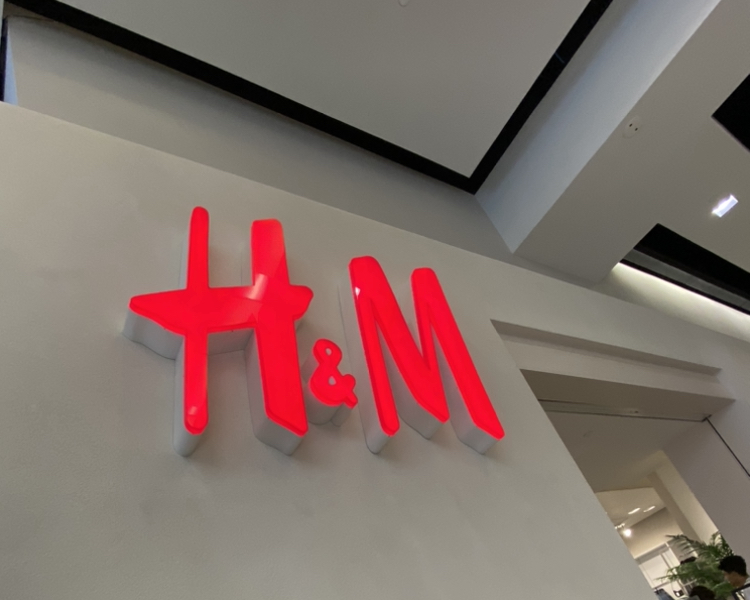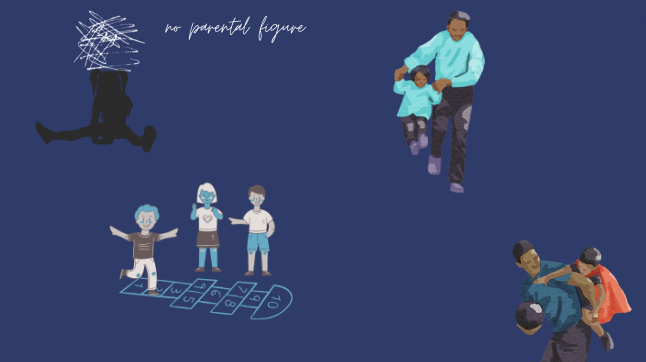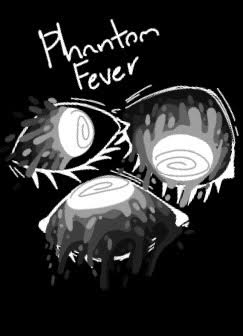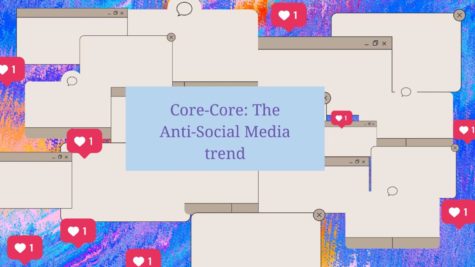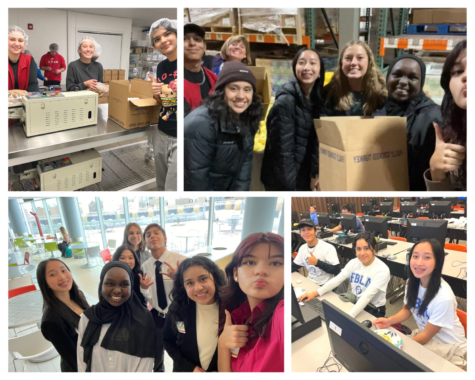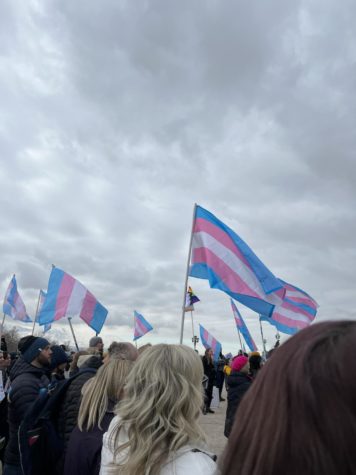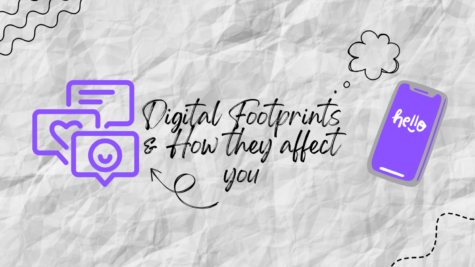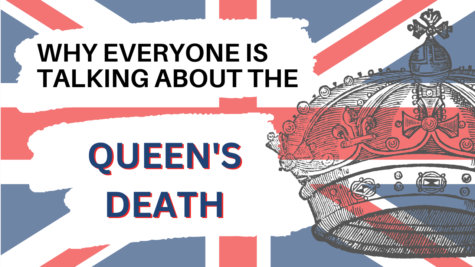Avoiding fast fashion
May 5, 2023
Throughout the decades, fashion has been known to have dramatic changes. From poodle skirts of the fifties to loud patterns of the sixties to bellbottoms of the seventies, it can be hard to keep up with today’s latest trends. However, today’s most popular brands are taking a new twist on change. Rather than styles updating every decade or so, we are getting brand new styles every week, some brands going to the extreme of bringing out new styles every single day. This is what we have begun to call “fast fashion.”
According to the Oxford Dictionary, fast fashion is “inexpensive clothing produced rapidly by mass-market retailers in response to the latest trends.”
An article by The Good Trade goes more in depth of the definition of fast fashion. They say “Fast fashion is a design, manufacturing, and marketing method focused on rapidly producing high volumes of clothing. Fast fashion garment production leverages trend replication and low-quality materials (like synthetic fabrics) in order to bring inexpensive styles to the end consumer.”
Fast fashion tends to have a negative connotation because of shopper’s knowledge of poor working conditions, low-quality materials, and poor economic and environmental effect. However, some companies have been taking pride in being labeled “fast fashion” in order to ease the public’s worries.
“U.S. and international locations stay true to the fast-fashion destination’s iconic store aesthetic giving fashion fans all over the globe the unforgettable shopping experience that is the one and only Forever 21,” the company said on Fashion Place Mall’s website.
In reality, being a fast fashion outlet is not something to be proud of. Many companies such as Shien, Nike, Zara, H&M, Forever 21, Victoria’s Secret, American Eagle, Hollister, Old Navy, Gap, and more have been called out for their poor sustainability.
“These fast fashion brands only exist because of overconsumption,” said an article by Sustainably Chic. “But this over-consumption of cheaply-made clothes is leading to the huge growth of textile waste, pollution, and the depletion of natural resources. It is raising social issues that we can no longer ignore, such as human rights violations.”
The most important things to look for when shopping fast fashion are working conditions, materials, economic effects, environmental effects, health and well being of the consumer, and quality of the clothing.
According to Panaprium, the brands with the worst working conditions are Aeropostale, Adidas, Disney, Forever 21, Gap, H&M, Nike, Urban Outfitters, Victoria’s Secret, and Zara.
“[These] fashion brands are still using sweatshops. Child labor and modern slavery cases are still being reported, particularly in Asian developing countries such as Bangladesh, Indonesia, Sri Lanka, and The Philippines,” the article said. “Clothing brands use these inhumane manufacturing methods to cheaply produce low-quality and disposable clothing for high-street stores.”
These sweatshops violate workers rights, pay them poorly, and put them in danger through unsafe working conditions and toxic chemically engineered materials. “The health of garment workers is always in jeopardy through exposure to these chemicals. And that doesn’t even take into account the long hours, unfair wages, lack of resources, and even physical abuse,” said The Good Trade article. “Many of us are familiar with the news about Nike sweatshops, but they’re just one of the many fast fashion brands violating human rights for the sake of fashion. The people who make our clothes are underpaid, underfed, and pushed to their limits because there are few other options.”
Fast fashion brands that are known for the worst environmental effects are Zara, H&M, Forever 21, and Shein, according to Earth.org. “This ever-growing throwaway culture generates an estimated 92 million tonnes of textile waste globally every year and is expected to soar up to 134 million tonnes a year by 2030,” they said. “What’s more, the fast-paced manufacturing process of the industry contributes to nearly 10% of global carbon emissions and nearly 20% of global wastewater.”
“Brands like Boohoo, for example, use toxic chemicals, dangerous dyes, and synthetic fabrics that seep into water supplies, and, each year, 11 million tons of clothing is thrown out in the US alone,” The Good Trade said on the topic. “These garments—full of lead, pesticides, and countless other chemicals—rarely break down. Instead, they sit in landfills, releasing toxins into the air. Fast fashion’s carbon footprint gives industries like air travel and oil a run for their money.”
Companies such as Shein, LuLuLemon, Old Navy, REI, and L. L. Bean, have often been mentioned to be detrimental for a consumer’s health because of toxic chemicals and dyes. Common chemical concerns in these clothing include Chromium, Phthalates, Brominated flame retardants, PFAs, and Lead. These chemicals are even more dangerous to those who are pregnant, have sensitive skin, and especially children.
“While these chemicals are used at relatively low levels, exposure to toxic substances over time can elevate a person’s risks of serious health conditions, such as asthma and kidney damage,” said an Insider article. “Manufacturers can add these chemicals to make them waterproof or stain-resistant, and soften ink on screen prints. Lead is sometimes found in low-cost pigments and inks, as well as zippers, and chromium can make leather more pliable.”
These are just a few reasons why companies labeled as “fast fashion” should be avoided. Always make sure to do your research before you decide to support a business.

